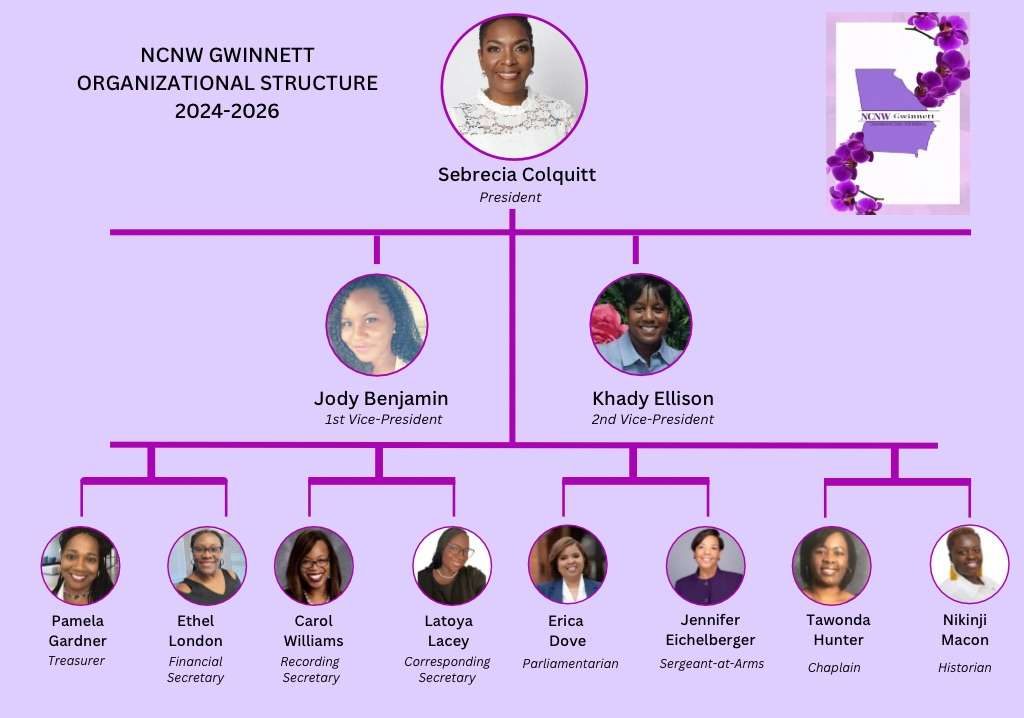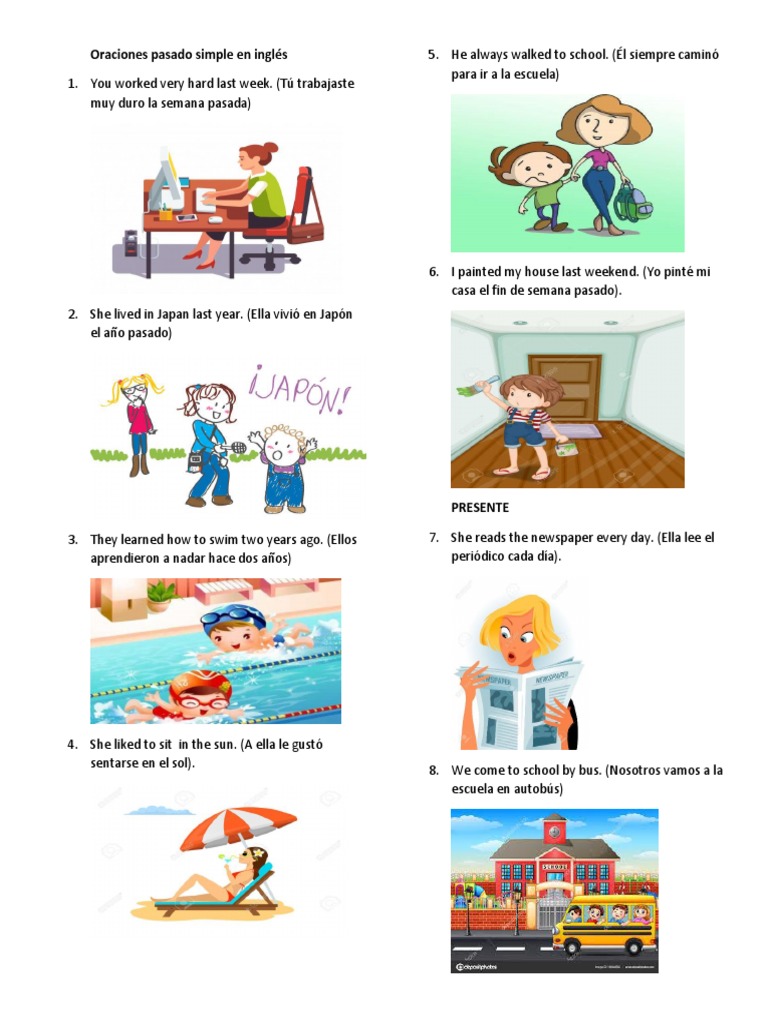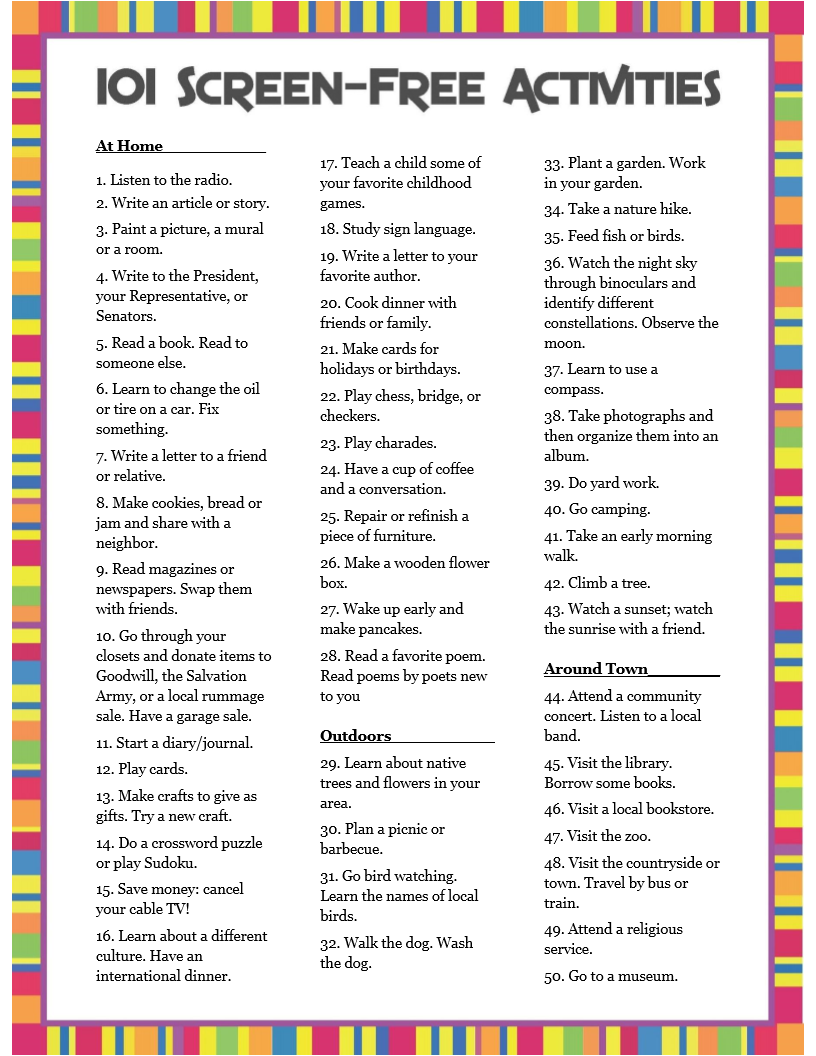Building Bridges Through Sound: The Perimeter Of Musical Connection

Table of Contents
The Universal Language of Music
Music's power lies in its ability to communicate across linguistic barriers. It's a universal language that speaks directly to our emotions, bypassing the need for verbal understanding.
Transcending Linguistic Barriers:
- Universal Musical Expressions: Joyful melodies, somber slow songs, triumphant fanfares – these emotional expressions are largely understood across cultures. A major chord progression often signifies happiness, while a minor key frequently evokes sadness, regardless of the listener's native tongue.
- Cross-Cultural Musical Similarities: The use of repetitive rhythms, call-and-response patterns, and specific melodic contours can be found in diverse musical traditions worldwide, suggesting an inherent human affinity for certain musical structures.
- Emotional Impact Beyond Lyrics: Even without understanding the lyrics, the emotional impact of music is undeniable. The intensity of a guitar solo, the soaring vocals of an opera singer, the driving beat of a dance track – these elements connect with us on a visceral level, fostering emotional responses irrespective of language.
Fostering Empathy and Understanding:
Shared musical experiences can cultivate empathy and promote understanding between people from different backgrounds.
- Music and Social Cohesion: Numerous studies show a strong correlation between musical engagement and increased social cohesion. Participating in a choir, for example, fosters teamwork, cooperation, and a sense of shared accomplishment.
- Music in Conflict Resolution: Music has been used effectively in conflict resolution initiatives, bringing together individuals from opposing groups to find common ground through shared musical expression.
- Promoting Tolerance and Acceptance: Music can help break down stereotypes and prejudices by showcasing the richness and diversity of human cultures. Exposure to different musical styles can broaden perspectives and promote a greater appreciation for cultural differences.
Shared Rhythms and Collective Identity
Music plays a crucial role in creating a sense of community and belonging, acting as a powerful social glue.
Music as a Social Glue:
- Communal Musical Practices: From church choirs and marching bands to music festivals and karaoke nights, communal musical practices bring people together, fostering a sense of shared identity and purpose.
- Psychological Benefits of Group Music-Making: Group singing or playing music releases endorphins, reduces stress, and strengthens social bonds. The act of creating music together builds trust and cooperation.
- Social Bonds Through Shared Experiences: Attending concerts, listening to the same bands, or sharing musical tastes creates a sense of connection and belonging, forming the basis of friendships and social networks.
Music and Cultural Preservation:
Music acts as a powerful vehicle for cultural preservation and transmission across generations.
- Traditional Music Forms: Many traditional musical forms are passed down through families and communities, preserving cultural heritage and identity.
- Maintaining Cultural Identity: Music plays a vital role in maintaining cultural identity, especially in communities facing assimilation or displacement.
- Storytelling and Historical Preservation: Music often carries historical narratives and cultural values, serving as a powerful means of storytelling and historical preservation.
Building Bridges Across Generations
Music's ability to connect people across different age groups is remarkable, fostering intergenerational understanding and bridging the generation gap.
Intergenerational Music Experiences:
- Shared Musical Experiences: Family singalongs, attending concerts together, or listening to music from different eras can create shared experiences and lasting memories.
- Bridging the Generation Gap: Music can serve as a common language, facilitating communication and understanding between people of different age groups.
- Intergenerational Programs: Many organizations utilize music in intergenerational programs, bringing together older adults and younger people to share musical experiences and learn from each other.
Music Therapy and Healing:
Music therapy utilizes the therapeutic power of music to promote well-being and healing across different demographics.
- Music Therapy Techniques: Music therapy employs various techniques, including songwriting, improvisation, and active listening, to address diverse emotional and physical needs.
- Emotional Regulation and Stress Reduction: Music therapy is effective in helping individuals regulate their emotions, reduce stress, and improve mental well-being.
- Cognitive Function in Older Adults: Music therapy can improve cognitive function, memory, and communication skills in older adults.
Conclusion
Music's power to build bridges through sound is undeniable. Its universal appeal transcends cultural and linguistic boundaries, connecting us emotionally, fostering empathy, and strengthening community bonds. It preserves cultural heritage, bridges the generation gap, and provides therapeutic healing. Let's continue to build bridges through sound by actively engaging with music in all its diverse forms, appreciating its unique ability to connect us, heal us, and unite us as a global community. Explore the power of connecting through music – experience the world anew through music!

Featured Posts
-
 Out Now Premier League 2024 25 Champions Image Gallery
May 21, 2025
Out Now Premier League 2024 25 Champions Image Gallery
May 21, 2025 -
 Javier Baez Recuperacion Productividad Y Futuro En El Beisbol
May 21, 2025
Javier Baez Recuperacion Productividad Y Futuro En El Beisbol
May 21, 2025 -
 Tigers Upset Rockies 8 6 A Surprise Win
May 21, 2025
Tigers Upset Rockies 8 6 A Surprise Win
May 21, 2025 -
 Kartel Influence On Rum Production And Consumption In Stabroek News
May 21, 2025
Kartel Influence On Rum Production And Consumption In Stabroek News
May 21, 2025 -
 Vapors Of Morphine Northcote Concert Next Month
May 21, 2025
Vapors Of Morphine Northcote Concert Next Month
May 21, 2025
Latest Posts
-
 Creating Your Own Love Monster Story
May 21, 2025
Creating Your Own Love Monster Story
May 21, 2025 -
 Understanding The Love Monster Exploring The Dynamics Of Intense Romantic Love
May 21, 2025
Understanding The Love Monster Exploring The Dynamics Of Intense Romantic Love
May 21, 2025 -
 Planning A Screen Free Week Tips And Activities For Kids
May 21, 2025
Planning A Screen Free Week Tips And Activities For Kids
May 21, 2025 -
 This Weeks Top Gbr Stories Grocery Shopping A 2000 Quarter And Doge Poll
May 21, 2025
This Weeks Top Gbr Stories Grocery Shopping A 2000 Quarter And Doge Poll
May 21, 2025 -
 The Psychology Behind The Love Monster
May 21, 2025
The Psychology Behind The Love Monster
May 21, 2025
